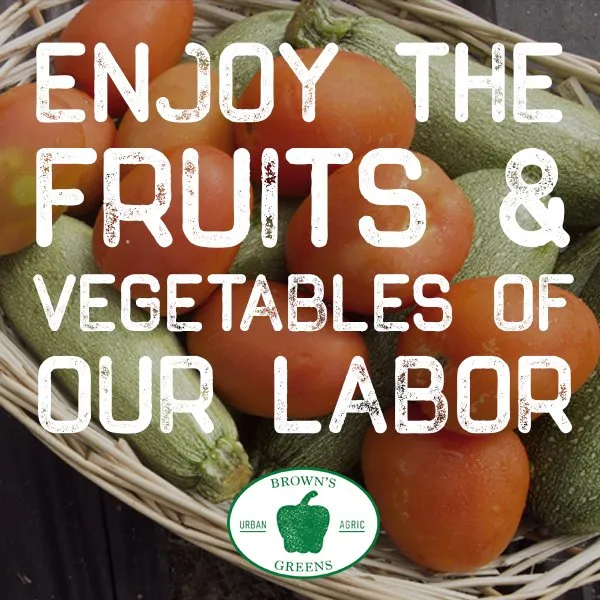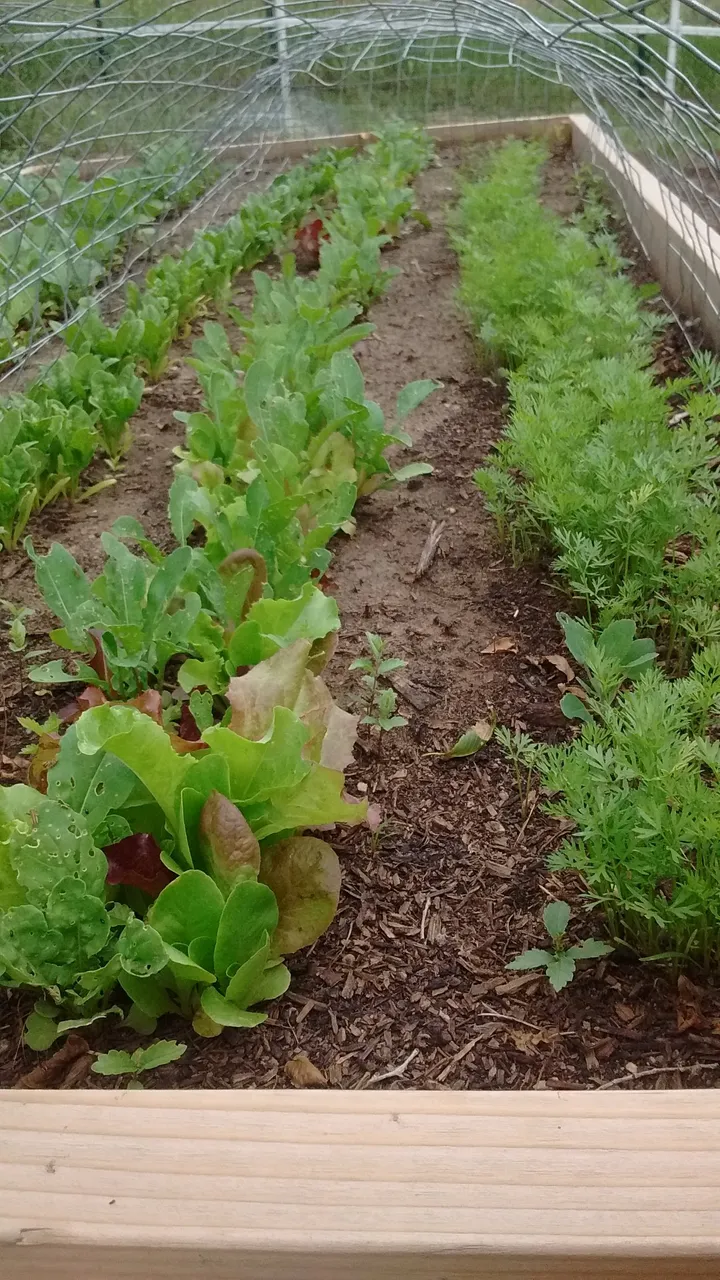Have you ever looked at your mound of harvested zucchini or piles hot peppers and thought, “I can’t eat all of this, I wonder if I could sell them and make some cash on the side!” That was one of the first thoughts that ran through my head when I first started gardening. I am business minded and I thought, how hard can it be to be a “farmer”, turn my hobby into selling produce for a living? So I started trying and I learned some do’s and don’ts, some exciting prospects and some disappointing turnouts. I will share my new knowledge with you, both the good and bad, on turning your garden into a working farm.

My garden business, Brown’s Greens Urban Agriculture (http://www.brownsgreens.net/), has two main functions. We install food gardens for people in our city, Colorado Springs, and we grow/sell produce for local restaurants. We make pretty good money selling produce now, but I had to learn a lot along the way before selling produce was ever profitable. Even still, we may phase out of selling produce next year because our growing set up isn’t quite efficient enough to make up for missing out on profits from garden installations. But, had I known what I know now when I first started, I could have focused my efforts earlier and would certainly be making enough money selling produce by now to keep it apart of Brown’s Greens. My two largest takeaways from my produce selling journey are to KEEP YOUR GARDEN CENTRALIZED, and FIND A WELL ESTABLISHED AND LOCALLY MINDED MARKET.
Keep Your Garden Centralized: When I started accumulating garden space, I took anything I could get. If there was an available garden bed at a community garden, I took it. If there was an unused backyard of a friend, I would ask if I could turn it into a food producing garden. I didn’t pay enough attention to how much time and effort would end up going into having a farm that's split up into little plots and that's spread across the city. I now have a lot of garden land, but I have a whole lot of challenges that come with being so spread out (watering, varying soil composition, varying weather). This is probably the biggest stunt in our ability to profitably sell. Varying soil composition is a big one for us. Colorado Springs has bad soil everywhere, but it also has extremely diverse badness across the city. One neighborhood may have straight sand for soil, another neighborhood may have straight clay. So in order to have produce for market that looks and tastes uniform, I have had to spend a lot of time, thought, and money on amending varying soils of my gardens to all carry similar attributes. So if you are considering turning your garden into a farm, if at all possible keep your growing space centralized so you don’t have to go far to water and so your soil is more predictable.

Find a Well Established and Locally Minded Market: Brown’s Greens sells to two local restaurants, The Wild Goose Meeting House, and Bluestar Restaurant. Both establishments are very focused on locality and maintaining a healthy menu, and they are constantly packed with business. They are exactly who we want to be selling to. One, because they value buying local, so we can charge a much higher price for our produce than if we were to sell to a chain or something. Two, because they aren’t hurting for business. Planting a crop for one specific buyer is a risky endeavor if the buyer isn’t in the black and may not be able to pay out when harvest comes. When I first started doing business with these guys, I was amazed what they were willing to pay for my produce, simply because it was local. We are in the heat of the “locavore” movement and there are a lot of people who are willing to pay high prices at restaurants who have taglines like “organic” and “local” and “sustainable”. So definitely make sure your restaurant advertises these sorts of terms before you consider selling to them. The first couple years I was selling produce, I would sell in farmers’ markets. It is possible to make a good profit through this market as well, although it wasn’t for me specifically. Farmers’ markets in Colorado Springs are few and far between, and the crowds that shop at them are unpredictable. Sometimes if it was a busy day, I would make a decent little profit, but most of the time, between the farmers’ market payment requirements, the competition with larger produce sellers in the market, and the relatively small crowds, I would make about enough to cover gasoline to and from the market location. This may not be true for you. If you live somewhere with a well established farmers’ market with regular crowds, you’re probably in good shape because farmers’ markets usually allow for the highest prices on produce anywhere.

My last piece of wisdom: don’t get into selling produce unless you plan to pursue the endeavor for at least a few years. I hold this notion because I grow food in the harsh conditions of western Colorado where it takes a lot of investment on the front end to build a garden that will RELIABLY give you produce. I had to amend poor soil, build structures to protect from devastating hail, and establish systems of starting seedlings indoors in order to lengthen our very short growing season. This quantity of work is probably not required in a lot of less harsh environments, but regardless, building a garden that will produce enough food to successfully sell requires some investment.
As I read back through this post, I realize I make selling your own produce sound a little impossible. If you have the dream, don’t lose hope! It’s one of the harder endeavors to get started in, but there is no better feeling for me than getting a check in the mail for produce that I MYSELF grew and sold. Trust me, it’s worth it!
Happy Gardening :)